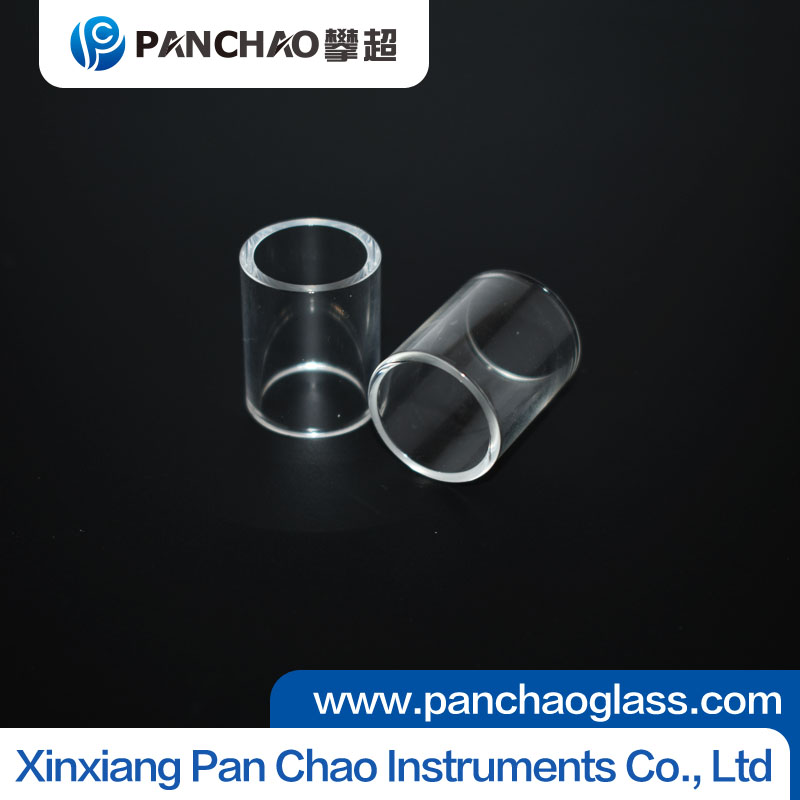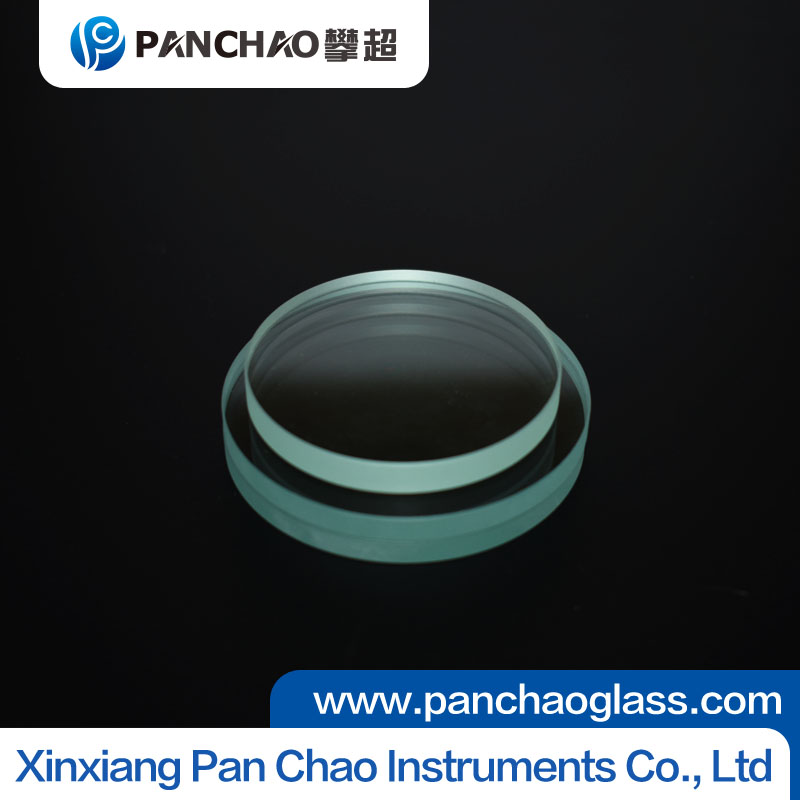
Safety of Tempered Sight Glass: Impact Resistance Testing Explained
Tempered sight glass is widely used in industrial equipment, pressure vessels, and chemical process monitoring systems due to its combination of mechanical strength and safety performance. To ensure reliability in demanding environments, manufacturers conduct impact resistance tests that evaluate how well the glass withstands sudden mechanical stress.
1. Principle of Tempering
Tempered glass is produced by rapidly cooling the surface after heating it to around 650°C. This process creates a layer of compressive stress on the surface and tensile stress inside, greatly enhancing its strength. As a result, tempered sight glass is typically four to five times stronger than standard annealed glass of the same thickness.
2. Impact Resistance Testing
The most common method is the ball drop test, where a steel ball of defined mass and height is dropped onto the glass surface. The height at which the glass breaks indicates its impact energy tolerance. High-quality tempered sight glass can usually endure impacts exceeding 10 joules, depending on thickness and support design.
3. Breakage Behavior
Even if the glass fails, it shatters into small, blunt fragments instead of sharp shards. This feature significantly reduces injury risk, making tempered glass a preferred safety material in high-pressure or high-traffic environments.
4. Factors Affecting Performance
Impact resistance depends on thickness, edge quality, surface finish, and mounting method. Poor installation or frame stress can lower performance despite the glass’s inherent strength.
Conclusion
Impact resistance testing demonstrates why tempered sight glass is trusted in safety-critical applications. Its combination of high mechanical strength, safe fracture pattern, and durability ensures dependable protection in industrial monitoring systems.
Related articles
- Thermal Stability of Borosilicate Glass: Why It’s the Indus
- Sight Glass Selection Guide for High-Temperature Environments
- Comparison of Borosilicate, Quartz, and Tempered Glass: Three
- Protective Measures Against Tempered Sight Glass Explosion
- Key Precautions for Secondary Processing of Tempered Glass
- Future Trends: How Smart Equipment Is Shaping New Demands for
- Challenges and Solutions in Processing Extra-Thick Sight Glas
- Limitations and Precautions in Secondary Processing of Temper
- Custom Small Glass Tube Case Study: From Drawing to Finished
- Impact Resistance of Tempered Small Glass Tubes: Advantages a

Xinxiang Pan Chao Instruments Co., Ltd.
Tel: +86 13343800331
Contact person:Carrie Niu
Fax: 0373 303 0331
Email:sales@panchaoglass.com






